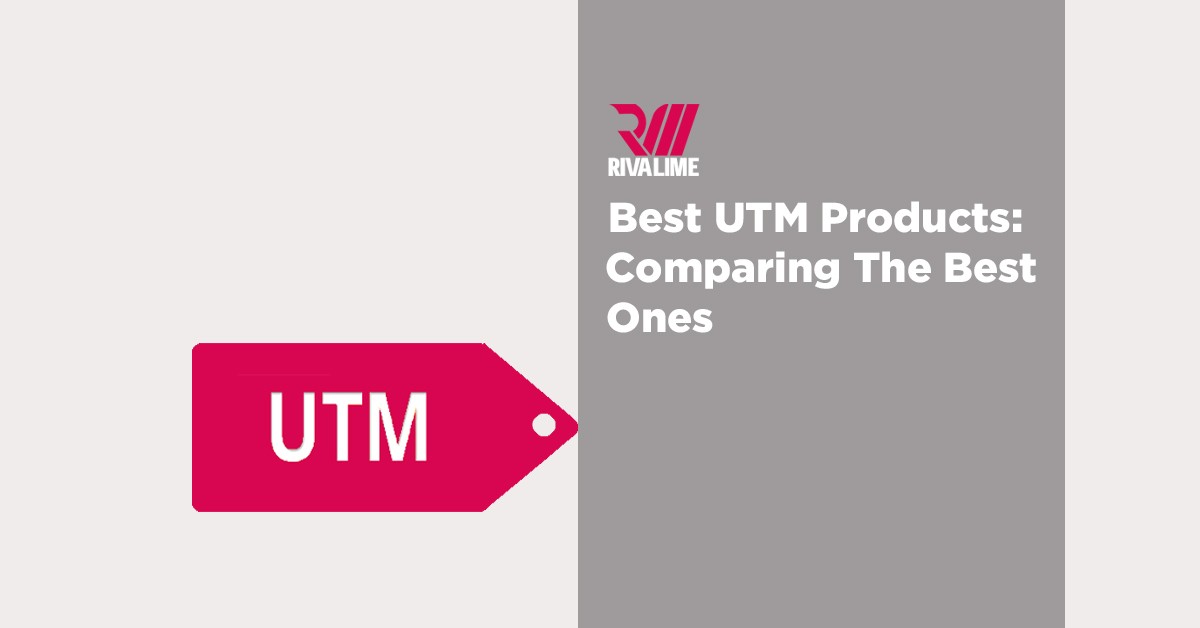Traditional firewalls and anti-virus programs can’t detect even the most advanced malicious attempts. Internet and network security have evolved beyond simple scanning procedures to deal with these ever-changing dangers. Network security has become more dependent on the usage of firewalls, anti-virus, and other security measures in tandem. There are UTM (Unified Threat Management) appliances that make things simpler. A traditional hardware firewall seems to be a UTM appliance, but it is a robust security solution that combines many systems into one. There is no longer a need to worry about integrating solutions from several vendors, which will allow you to move forward more quickly.
UTM characteristics, rather than point network security equipment, are a primary factor in the decision to use them. Maintaining UTM functionality requires less hardware and fewer trained staff. Because of the Unified threat management Solutions‘ pros and cons, many procedures are no longer needed, resulting in time savings. Two of the numerous advantages of adopting UTM features are event transparency and information interchange across security modules. UTM allows for a clearer view of any issues with the system.
Several devices may be accessed and operated from a single place. It is possible to construct flexible grouping schemes using the central administrative panel. One management interface guarantees a consistent strategy throughout the organization’s many distinct elements and a consistent approach to management. It indicates that a centralized administration interface may set up and monitor domain settings available to all users.
Advantages
- An all-in-one approach has the significant advantage of simplifying the process. Installing, configuring, and maintaining this solution will be a breeze for security administrators. Security managers may find it easier to manage a wide range of devices if they use a single solution rather than a collection of solutions from different vendors. Time, money, and human resources are saved compared to administering many security systems. It is simpler to identify risks and hazards when security components are open to one other.
- Uniform Threat Management (UTM) is more scalable than point solutions because it allows managers to alter and update security settings as new threats arise. This prevents security gaps and incompatibilities from appearing due to changes to infrastructure components to accommodate growth.
- UTM appliance deployment also saves money since fewer devices and software licenses are required to acquire. The cost of maintaining the network is reduced since less specialist labor is needed.
- As a result of UTM, firms can better protect themselves from security breaches and other hostile activities since they can react to alerts and logs more rapidly. Having a single system to monitor, update, upgrade, and administer increases network security and reduces administrative time.
- Group policies may be implemented using a centralized administrative interface. In this way, changes to the network and security modules may be applied standardly, allowing for exact and efficient alterations.
- A unified UTM system has a lower adoption and resource burden. Less money is spent on hardware and software maintenance and upgrades because the server and client resources aren’t used as often.
- A more secure network is possible because other stand-alone systems do not provide many standard UTM functions.
Disadvantages
- With a single appliance, system administrators can monitor all aspects of the system from a single location. The network might be exposed entirely if the UTM appliance fails. To avoid this, a high level of redundancy and availability must be implemented.
- For example, many characteristics and rules accessible in a specialized device are unavailable in a UTM appliance. Performance may also be impacted if the UTM appliance deals with many apps or clients and has numerous UTM features turned on. The performance hit may not be as significant as using a dedicated device.
- Last but not least, if you choose a UTM appliance, you run the risk of having your network security tethered to a single provider. Many companies utilize the same virus detection algorithms across their product range, so diversifying the providers you interact with is the most excellent strategy for network protection.
Consider These Aspects When Choosing Unified Threat Management (UTM) solutions
Unified threat management Solutions pros and cons have been discussed in this article to help you choose a UTM solution. With everything in one place, an organization’s security team is less proactive and prone to threats. Organizations may provide a feeling of security and growth to keep employees from becoming complacent. System administration, regulations, and software all have a role in securing a system’s overall architecture. Proactive rather than reactive security measures are an organization’s best protection, and a culture of standardized security standards is essential. UTM solutions are becoming more widely accessible, and you should choose the one that best suits your future growth needs and is backed by solid expertise and support services.
However, despite the many drawbacks, UTM appliances have quickly gained traction as a novel approach to network security. With a Unified Threat Management platform (UTM), establishing and managing a wide variety of security solutions is simplified, reducing costs.



